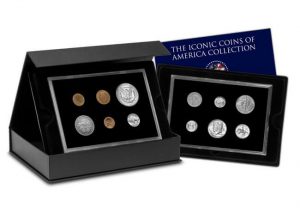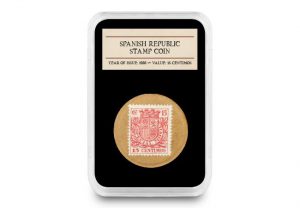Posts Tagged ‘American dollar’
Five things you need to know about the world’s most expensive coin…
You might have heard in the news recently that the world’s most expensive coin is due to be sold at auction next month.
The 1794 Flowing Hair Dollar is believed to be the first silver dollar to be struck by the US Mint. It was last for sale in 2013 and was auctioned for just over $10 Million Dollars, making it the most expensive coin in the world.
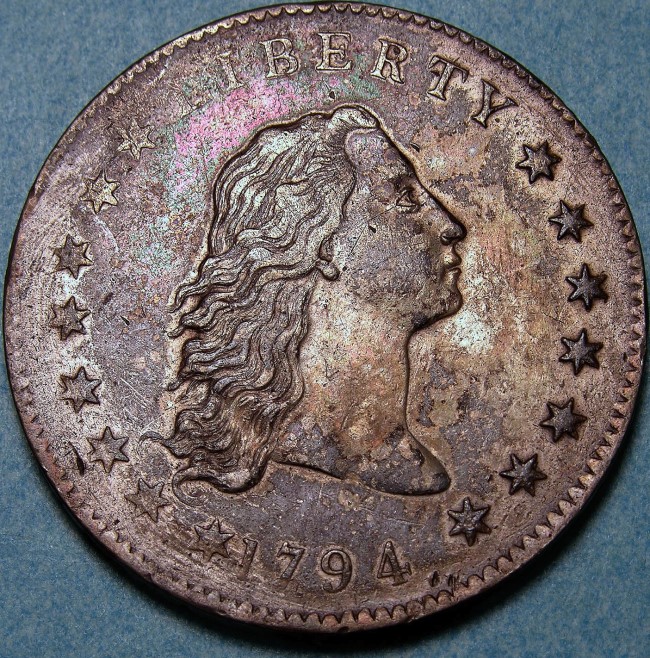
The First US Dollar
In 1792, the US Congress issued an act stating that the Dollar was to be the cornerstone of US coinage. It was to be based on the Spanish Silver Dollar which was already widely used throughout the Americas. The act also stated that coins should include a symbol of Lady Liberty as well as an eagle – two icons that remain today on many US coins.
Where the nickname came from
The coin was designed by Robert Scot, who was Chief Engraver at the US Mint. His take on the bust of Liberty is what gave rise to the nickname of the coin with its detailed hair ‘flowing’ from the head of Lady Liberty. There are also fifteen stars on the coin, to represent each of the 15 states that had ratified the Constitution.
Was it just a PR stunt?
It’s thought that because the US was still struggling from the impact of the War of Independence it didn’t have access to much silver and other precious metals. Historians have argued that the introduction of a silver dollar was a way to showcase the power and capability of the US.
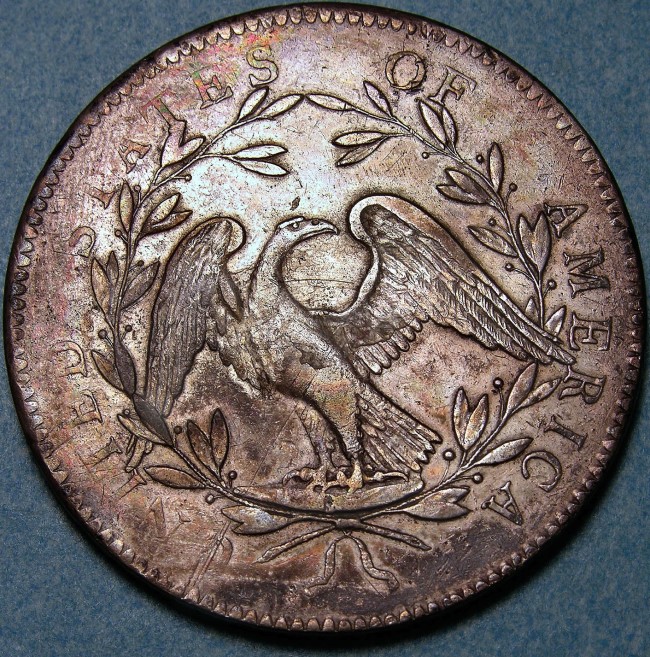
Very few of the 1794 Dollars were issued but they weren’t released into general circulation. They were mostly given to international VIPs or important congressmen, further adding fuel to the rumours that the Dollar was originally issued as part of a PR stunt.
Struck on just one day in October
Only 1,758 of these coins were struck, and according to the National Museum of American History, they were all minted on the same day. It’s thought that of this tiny number, less than 150 still survive today. Many would have been hidden forever, or melted down for their precious metal content, adding to the coin’s collectability.
It’s given rise to one of the most competitive collecting markets worldwide…
Eight of the top ten most expensive coins are US coins and the market is one of the most competitive around the world. Whether it’s the Coin of the Cowboys, the Mercury Dime, or even the first Half Dollar to feature a non-president, US coins have some of the most collectable stories attached to them. It’s hardly surprising that many collectors are looking to source American coins for their collection these days.
The Flowing Hair Dollar is due to be sold on October 8th 2020. How much do you think it will sell for this time? Let us know in the comments below!
If you’re interested…
Today you can own the TWELVE coin collection of America’s most fascinating and collectable coin issues with the Infamous US coins set. But you’ll have to hurry – there are only 25 sets available!
Imagine using a cup, a stamp, or cardboard as a coin…
Today the coins you find in your change are all produced by the Royal Mint. It’s hard to imagine what life would be like if coins, and the metal to make them, disappeared.
When people have had to go to extreme lengths in the face of emergency, it has produced some of the most intriguing and interesting currencies around. And here are six of the most unusual currencies ever issued, and what drove people to create them.
The coins made from a drinking cup
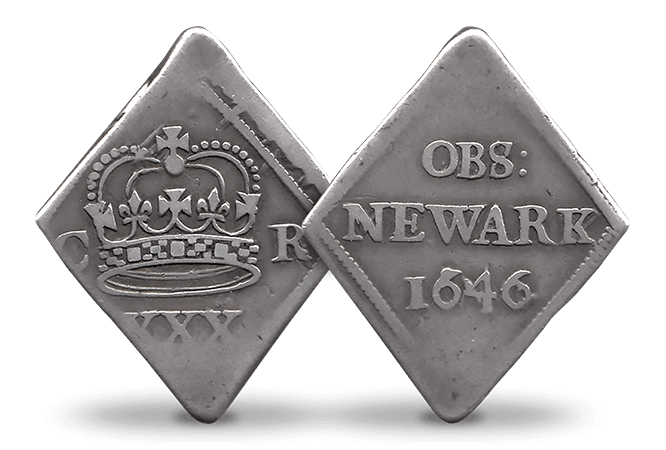
In 1646 in a town under siege, with no incoming money, the people of Newark needed to find a way to pay soldiers for protection. So they reached for whatever metal they had available to make coins – and that meant their cutlery! Silver cups and plates were surrendered, cut up into small diamond shaped pieces, and had a denomination stamped onto them.
Because of the way these coins were made, you could sometimes see the pattern of the cup or plate from which the coins were made. Understandably these coins, which surely belong in a museum, are hugely desirable among collectors and are rarely available.
The notes that were issued to be devalued
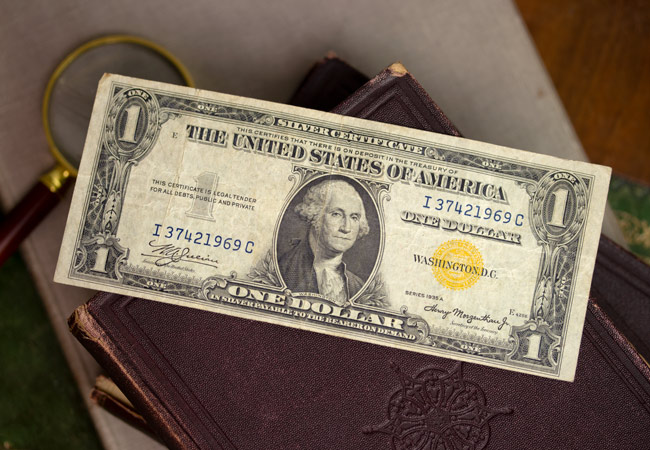
It seems odd that a government would issue money just for it to be devalued. But during WWII when the American army was based in North Africa this is exactly what happened. The American government was concerned that if the Germans were to mount a successful attack, they could take over the currency. Therefore, all notes used to pay soldiers based in North Africa had a yellow seal added to them. This meant that should the Germans take over, the notes could be easily identified by their yellow seal and instantly devalued.
The Russian stamps used as German propaganda
During WW1 the Russian government found it increasingly difficult to issue coins. Instead, they turned to ‘currency stamps’ printed on thin cardboard instead of normal stamp paper. Using stamps instead of coins was a way of saving precious metal for the war effort.
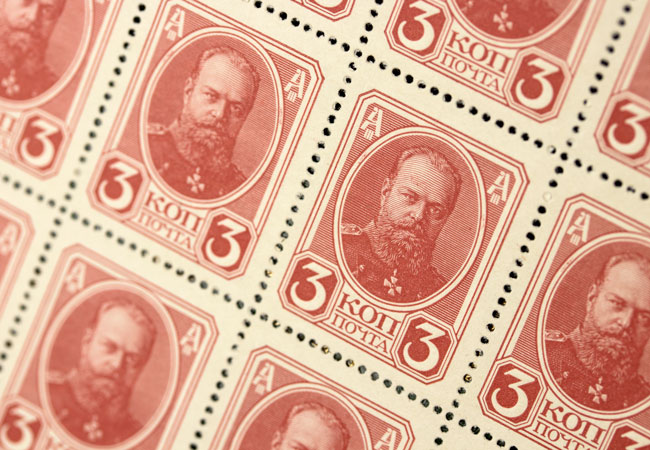
Several denominations of ‘currency’ were issued, with a statement on the reverse stating that each stamp had the circulating equivalent of Silver coins. However some of these stamps soon landed in the hands of Germans who counterfeited them but with one clever detail – the statement on the reverse was changed to an anti-Russian message. The idea was to destroy confidence in the Russian government and devalue the currency.
An unusual English denomination
George III’s reign is known for the vast number of interesting numismatic pieces issued, and the Bank of England emergency tokens are no different. Conflict in George III’s reign had caused financial panic, and thousands of people hoarded silver coins out of fear.
The Royal Mint’s limited ability to issue coins posed a problem as they could not make enough coins for the demand, so eyes turned to the Bank of England. An agreement was made that allowed the Bank to issue emergency currency. However technically speaking these were tokens and not coins, which is why they appear in the unusual denominations such as 1s 6d or 1 Dollar.
Why money was burnt in revolutionary France
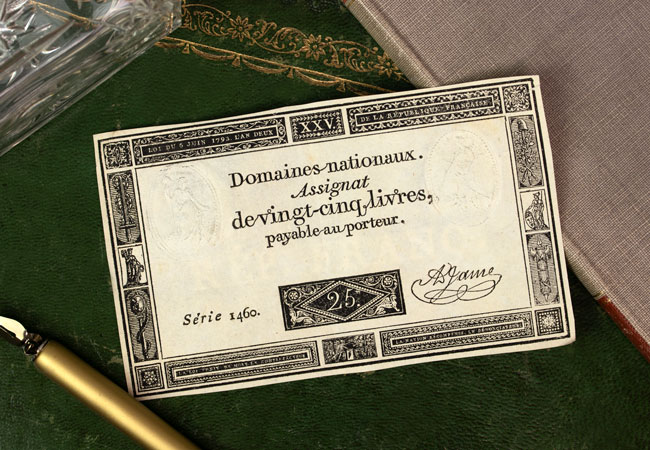
In revolutionary France in the early 1790s, the government issued paper money, known as Assignats, backed by the value of clergy property. The government continued to print money, and faced with an influx of counterfeits from Britain, the value of these Assignats soon reached a massive 45 Billion Livres, despite the value of clergy property only being 3 Billion Livres.
In 1796, the notes had lost all of their value and were publicly burned, to be replaced with a new paper money. Any of these surviving notes are incredibly rare as most of them were destroyed, making them very desirable among collectors.
How a Civil War turned a stamp into currency
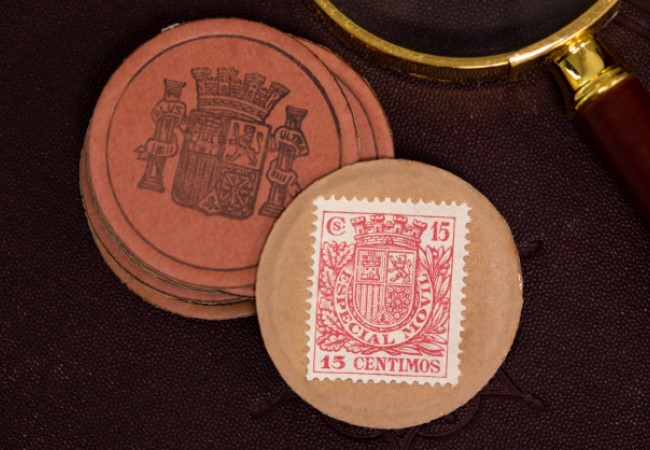
It’s hard to imagine a small paper stamp, issued over 80 years ago, being used to pay for goods and services. But in Spain in 1938 that’s exactly what happened.
The Civil War caused the public to hoard coins out of fear, and so they all but disappeared from circulation. Because metal was in limited supply, the government turned readily available stamps into ‘coins’. Unlike Russian emergency stamp currency, these stamps were welded onto a special board with the coat of arms printed onto the reverse. The stamp value gave these new ‘coins’ a denomination, and they were released into circulation to help towns and cities trade.
With such a delicate nature and small number, it’s no wonder that these coins are scarce and difficult to track down today.
Nowadays the Royal Mint is well suited to meeting our coin demands so it’s unlikely we’ll ever need to use stamps or cutlery in place of coins! Emergency currency is always a fascinating area for collectors, with some of the rarest and most unique issues having appeared out of difficult and troubled times. It’s not often that these emergency issues appear on the market – but it’s certainly worth keeping an eye out for them!
If you’re interested…
Today you can own one of these unusual and fascinating numismatic issues – a Spanish 15 Centimos ‘Coin’. There are only an extremely limited number of these issues available worldwide, and considering the fascinating story behind these issues, our stock is likely to be snapped up fast.

